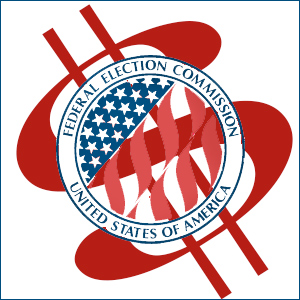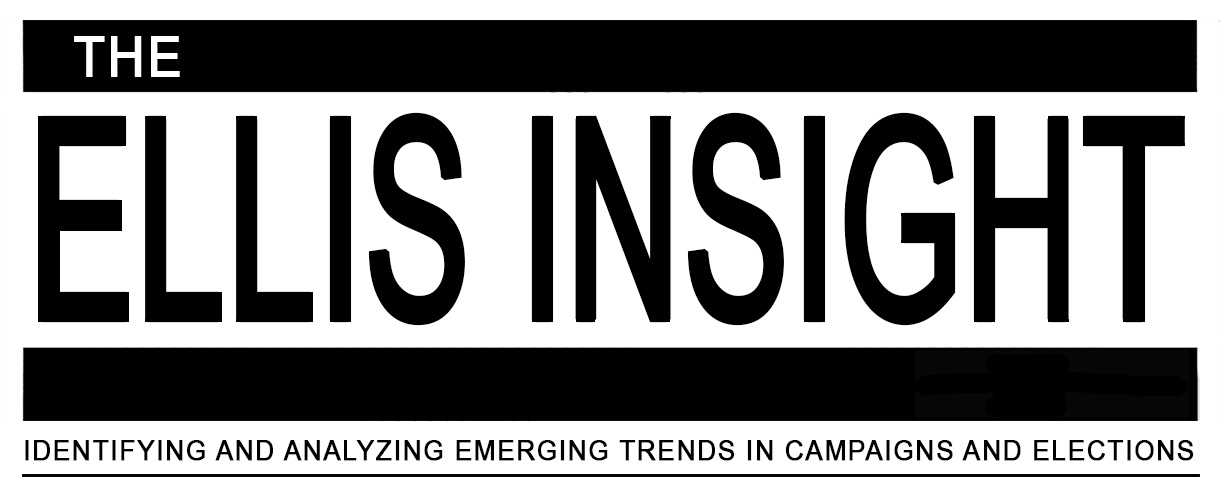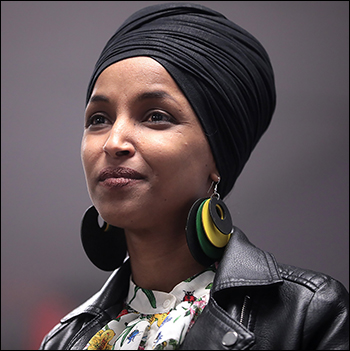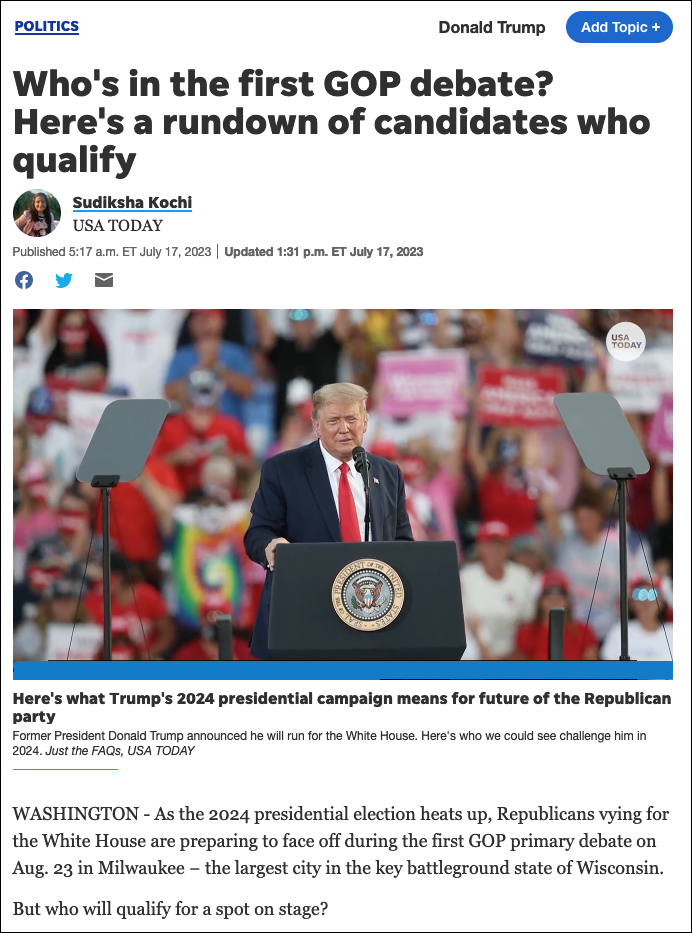By Jim Ellis — Tuesday, April 23, 2024
Fundraising
 The Daily Kos Elections site has released their quarterly fundraising recap depicting the amount that every candidate raised during the first quarter of 2024. The Democrats’ aggregate campaign dollar advantage appears overwhelming.
The Daily Kos Elections site has released their quarterly fundraising recap depicting the amount that every candidate raised during the first quarter of 2024. The Democrats’ aggregate campaign dollar advantage appears overwhelming.
Today, we look at the US Senate financial picture. For the quarter, the 36 Democratic US Senate candidates raised an aggregate total of $92.18 million, or an average of $2.56 million per candidate. This compares with the $47.89 million cumulatively raised for the 43 Republican candidates. The latter figure calculates to a mean average of $1.11 million per GOP contender.
The top fundraiser for Q1 is Ohio Sen. Sherrod Brown (D) who accumulated a whopping $11.68 million. This compares to his Republican general election opponent, businessman Bernie Moreno, who reported $2.14 million in receipts.
For the entire election cycle, however, the candidate raising the most money is Texas Republican Sen. Ted Cruz, who records just under a $51.2 million income figure. His cash-on-hand total on March 31, at the end of the first quarter, was $9.4 million. Sen. Cruz’s general election opponent, US Rep. Colin Allred (D-Dallas), was the quarter’s fourth-largest Democratic fundraiser at $9.3 million raised. His aggregate campaign to date total is $27.91 million with $10.5 million cash-on-hand.
To get a better picture of how well the candidates are doing on the fundraising front, it is valuable to divide the cumulative fundraising totals by the number of congressional districts in the particular contender’s state, thus putting the candidates on an even footing. Per district, the top fundraiser in a competitive contest is Montana Sen. Jon Tester (D), who has obtained over $32 million for his campaign (cycle-to-date total), which would be equivalent to having $16.26 million per each of the state’s two congressional districts.
Sen. Tester’s opponent, retired Navy SEAL and aerospace company CEO Tim Sheehy (R) would have much less at $3.2 million per CD, which is still a respectable figure.
While using the congressional district division factor, the Texas numbers do not appear as daunting. While Sen. Cruz has already broken the $50 million threshold in cycle-to-date income, the large amount only translates into $1.3 million per the state’s 38 congressional districts. This means Rep. Allred’s $27 million raised translates into an even lesser $719,000 per Lone Star State CD.
While Rep. Allred is the highest Democratic challenger on the fundraising charts, the top Republican is Pennsylvanian David McCormick. He has raised over $11 million cycle-to-date ($647,000 per 17 CDs), but that number includes almost $2 million via a candidate loan. McCormick reports $4.7 million cash-on-hand. His opponent, three-term Sen. Bob Casey, Jr. (D-PA), has a cycle-to-date income figure of $23.3 million ($1.37 million per CD) with over $11.9 million remaining in his campaign account.
The situation is a little different when looking at the two major party campaign entities, the Democratic Senatorial Campaign Committee and the National Republican Senatorial Committee. The latter organization has raised just over $120 million cycle-to-date, while the DSCC total tops $107 million. The Democrats, however, have a cash-on-hand advantage, $41 million to $36.5 million. For the first quarter, the Republican committee outraised their Democratic counterpart, $42 million to $33 million.
In terms of the main outside Super PACs that help the respective party candidates, the Democrats’ entity reports almost a 2:1 gap over the GOP’s main committee. The Senate Majority PAC has raised $122 million for the election cycle compared to the Republicans’ $63.9 million.
While the Democrats hold a major overall advantage in resources, their candidates are forced to play defense. With the party having only a 51-49 majority margin, they must protect 23 of the 34 in-cycle Senate states, while Republicans have little to defend. Therefore, despite likely being outspent across the board in the 2024 campaign cycle, the GOP is still in strong position to capture at least a small majority in the upcoming elections.






